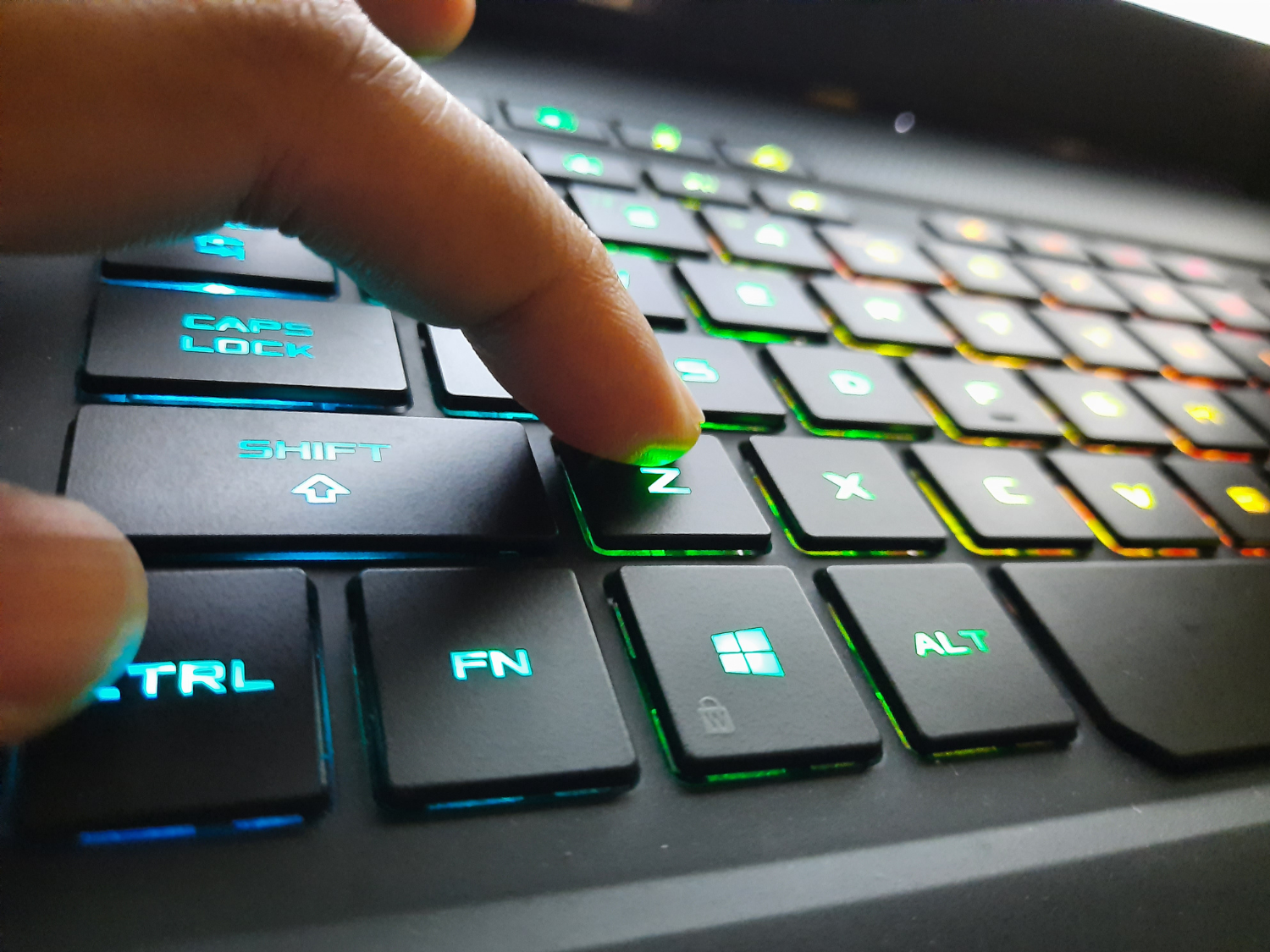
Keyboard shortcuts on a computer are worth learning. If you become familiar with the combinations, you will save time. It’s much faster to carry out certain tasks when you can press a few keys on the keyboard.
Meanwhile, using a mouse or a trackpad requires much more time. Of course, you can’t expect to learn every single keyboard shortcut.
Still, learning the basics and moving up from there is expected. Some keyboard shortcuts you will learn naturally, whereas others you will have to look up.
For macOS, the shortcuts are different from those for MS Windows. If you switch to a MacBook or simply want to learn more keyboard shortcuts, check the list below.
- Open the Last Closed Browser Tab
If you accidentally close a browser tab and want to reopen it, Command + Shift + T is the shortcut. You can also use it if you completely close the browser.
- Force-Quit Apps
Sometimes, an app you have opened might crash or stop responding in another way. Restarting the device is one of the methods to solve the problem. However, there is an alternative method.
Kill the processes on a Mac via Command + Shift + Option. After using the shortcut, press Escape and confirm which process you want to stop.
- Open Spotlight
Spotlight is a useful tool that you can open to look up files on your MacBook. Instead of manually opening the app, use Command + Space.
- Take Screenshots
On MS Windows, you have a print-screen key to take screenshots of a full screen. macOS users have more versatility.
Command + Shift + 3 snaps the entire visible screen.
Command + Shift + 4 opens a cropping tool and lets you select a particular part of the screen you want to snap. It comes in handy when you have to share a specific bit of information via a visual.
Command + Shift + 5 is one of the latest introductions from Apple. The shortcut opens a tab that provides you with a plethora of different options for taking screenshots.
- Hide Apps
Those who need to quickly hide apps should know about Command + H. This works for a single app that is currently active on the screen.
In case you have multiple applications and want to hide them all, then use Command + Option. Finally, if you wish to minimize an application, Command + M is the shortcut.
- Lock the MacBook
If you have to leave your MacBook for a while and don’t want to shut it down, locking it is a reasonable solution. After all, you don’t want other people snooping around.
Command + Control + Q is what you should tap on the keyboard.
- Insert Emojis
Inserting emojis is becoming more and more common. Modern communication involves visuals as a way to communicate. Emojis are a great way to react to something, too, particularly if you don’t feel like typing a message.
To open an emoji tab on your MacBook, use Control + Command + Space. You will see the Character Viewer, and from here, you can select which symbols you want to insert.
- Hide the Dock
Sometimes, you need to hide the Dock. It helps if you don’t like to bother with apps individually. Tap the Option + Command + D combination on your Mac’s keyboard. It will hide the Dock.
- Switch Between Applications
Switching between applications via a trackpad or mouse can be a bit bothersome. The basic keyboard shortcut combo is Command + Tab. Holding the Command button and then tapping the Tab key launches App Switcher.
For more advanced stuff, you can also try Command + Shift + Tab and Command + ~. The latter moves through a list of open apps, and the former moves through the app list backward.
- Adjust the Volume
Rather than going to the Settings menu on a Mac, you can adjust the volume via keyboard shortcuts.
Press Option + Shift. The shortcut enables users to adjust the volume on the laptop in small increments. Whether you want to increase or decrease the volume, remember that there is an alternative to doing it manually.
Further reading: Useful Chrome Shortcuts- Windows, Chrome OS and macOS
Join The Discussion: